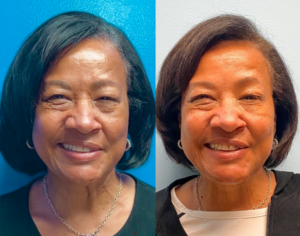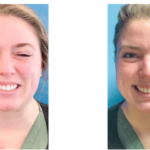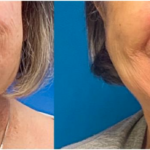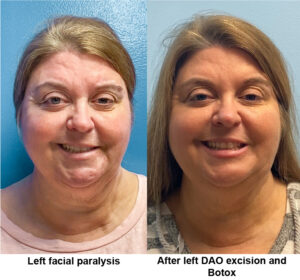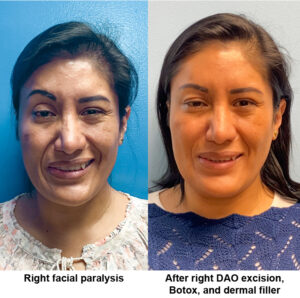Botox for Facial Paralysis
While patients with Bell’s palsy usually make a complete recovery, about 30% of patients will develop chronic facial paralysis and suffer from synkinesis, facial asymmetry, and facial and neck tightness. Other conditions such as Ramsay Hunt Syndrome, facial nerve repair, acoustic neuroma (aka vestibular schwannoma) surgery, and trauma can all lead to long-term synkinesis, asymmetry, and tightness.
Why is Botox used to treat facial paralysis?
Botulinum toxin (aka Botox) is one of the simplest yet most effective treatments for patients with synkinesis, facial asymmetry, and facial tightness resulting from Bell’s palsy and other causes. Botox works by blocking release of a neurotransmitter called acetylcholine, which is what nerves use to tell muscles to contract, or tighten. Botox relaxes muscles which are too tight and can prevent involuntary facial movements, or synkinesis. While the Botox we use for facial paralysis is the same medication that is used for cosmetic purposes (to decrease wrinkling with facial movement), insurance covers Botox for patients with facial palsy.
Why choose UNC Facial Nerve Center for facial paralysis treatment?
At the UNC Facial Nerve Center, we are experts in identifying the facial and neck muscles where Botox can be administered to improve facial symmetry, both at rest and with facial movements such as smiling. Use of Botox can help decrease involuntary facial movements (aka synkinesis) and other signs of facial paralysis. Botox is also used alongside facial nerve physical therapy and surgical procedures such as selective denervation to optimize facial symmetry.
If you would like to schedule a consultation at the UNC Facial Nerve Center, please call 984-974-2255.

